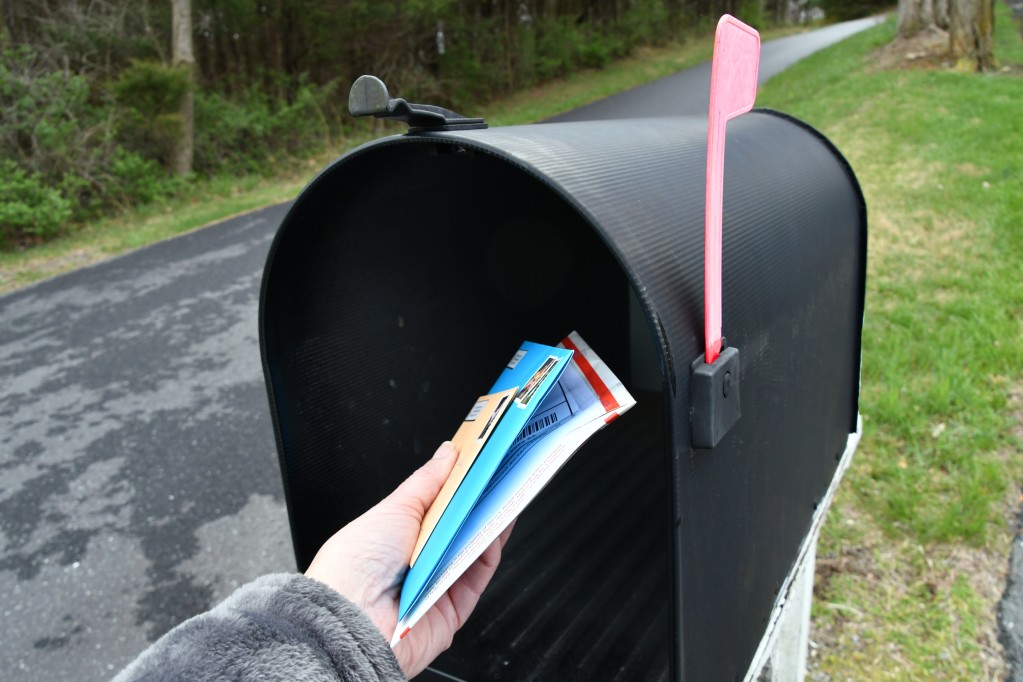As crazy as it might sound at first, we might not even have worked to engineer the “technology” of writing if it weren’t for the demand created by mail.
Yes, you’re reading that correctly.
It’s unlikely that our ancient ancestors wouldn’t have fooled around (at least until much later) with the idea of creating alphabet and the written language unless there was a need to move messages from one location to another without having to physically do so in person.
The earliest post offices were located smack dab in the middle of marketplaces and economic centers throughout the ancient world, just like many of our modern post offices are!
What we are getting ahead of ourselves a little bit here.
Below we are going to dig through (almost) everything you need to know about what mail is, where it came from, and how it has evolved over time.
We also share with you a recommendation to further modernize your mailbox with the help of a top-tier service used by hundreds of thousands of people all over the world. But more on that in a little bit!
Right now, let’s dig through the history of mail and really breakdown exactly what is.
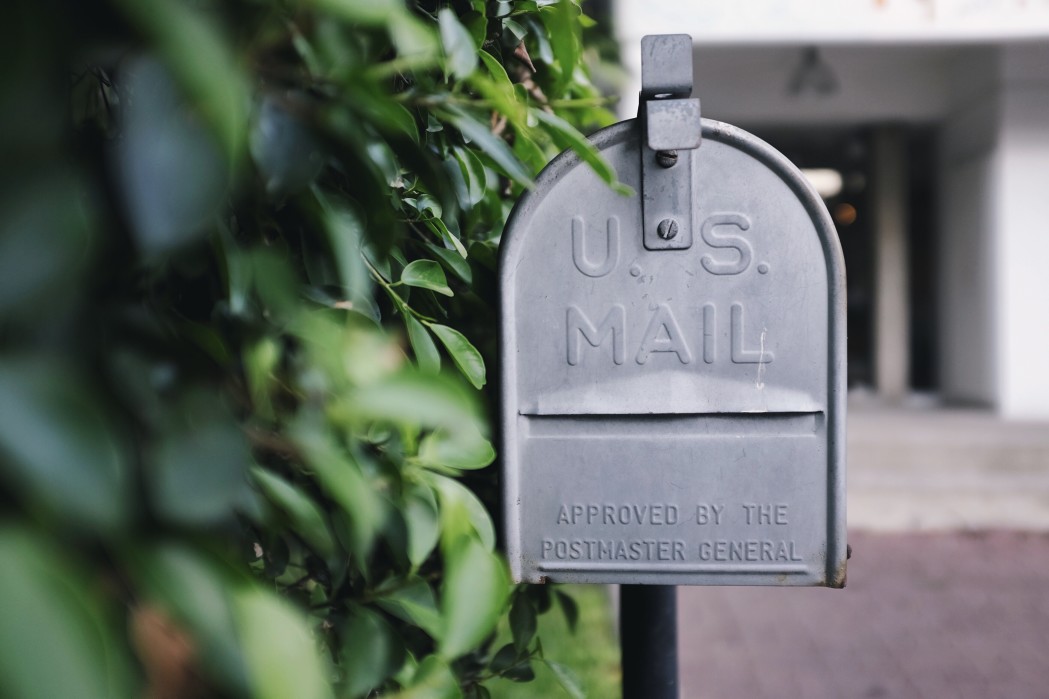
What is Mail?
When you really distill the idea of what is mail to its fundamentals and most basic elements you walk away with a definition pretty close to this:
“Letters, packages, or parcels that are conveyed by some sort of postal system”
Early mail was handled by couriers that carried those letters, packages, and parcels from one destination to another – almost always without any sort of centralization.
The same “mail carrier” in the ancient world would have been responsible for starting that piece of mail on its journey, delivering it to its ultimate destination (or matter where that may be), and then returning any messages or mail back to the original sender.
Today things are little more streamlined and centralized than that, but it’s fun to look the early history of mail and see how things have evolved over time.

It All Started in Mesopotamia
Historians believe that the technology of writing actually came about more than 5500 years ago (and maybe even earlier than that) in ancient Mesopotamia.
Mesopotamian merchants, entrepreneurs, and traders used a system of clay tokens – little blobs of baked clay – that had symbols written on them to better keep track of their merchandise as well as goods that they were trading with other merchants.
In about 200 or 300 years, though, writing evolved significantly from there – and those tiny little clay tokens grew into thin sheets of clay that were baked to “seal” the records that have been recorded.
Think of these as the earliest receipts and an early form of encryption. After the clay tablets had been baked they weren’t able to be modified any longer, and that means that the transaction been sealed and concluded.
Over time, clay tokens were forgotten completely and these little tablets became the dominant form of writing. The tablets found themselves shuffled all over Mesopotamia (and later marketplaces around the world), moved from one market to the next and were the earliest form of mail that humans sent to one another.
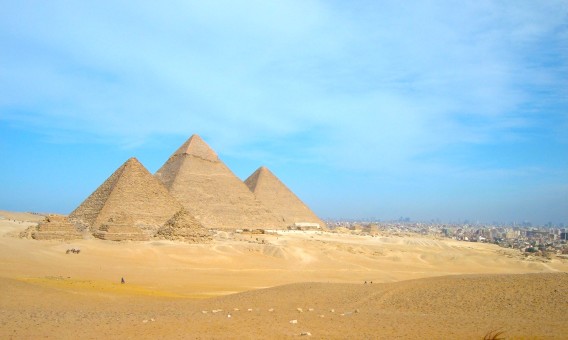
Ancient Egyptians Invented the Postal System
Our ancient Egyptian ancestors were responsible for creating the first postal system (or at least the first postal system has recognized by recorded history).
These enterprising ancients established a government-sponsored system of couriers that were responsible for moving messages throughout Egypt (and into other parts of the ancient world) around 2400 BC.
The earliest piece of mail that we know moved through these systems is a piece of papyrus that dates back to 255 BC, nearly 2000 years after the first post offices were established.
Unsurprisingly, the idea of what would later become the more modern postal system spread far and wide throughout the ancient world.
The Persian Empire, the Chinese throughout the Han Dynasty, the Islamic Empire, and the Mughal Empire in India all took advantage of the system that the Egyptians had pioneered and later perfected.
Marco Polo took advantage of the same kind of system while moving goods and merchandise across the Silk Road, as did all of his contemporaries!
Envelopes were created during this time period, too.
Early envelopes were made out of cloth, leather, other types of skins, or even dried vegetable components to keep prying eyes out of these messages and pieces of mail. It wasn’t until the second century BC that the Chinese pioneered using paper envelopes, the gold standard for envelope material that we still use today!

The French Perfected the Modern Mail
Jumping forward thousands of years into the future, to 1653 in France – Paris, to be specific – and we see the creation of the modern mailing system.
A French citizen by the name of Jean-Jacques Renouard de Villayer is credited as the “father of the modern mail system”, a genius that created the very first postal system in Paris that shares a lot in common with postal systems still use around the world today.
The idea here was to create a number of mailboxes throughout the city that allowed individuals to drop off their own individual letters, packages, and parcels, have them picked up by a legitimate postal service that would then sort and deliver them – so long as prepaid postage was used on these packages, parcels, and envelopes.
This Parisian business was an almost overnight success and lay the foundation for the mailing systems we use today.
An Englishman almost 200 years later (1837) named Rowland Hill would have another outsized impact on the modern mailing system, inventing the postage stamp that used an adhesive material.
Hill had been working on this invention for years and years, finally perfecting it to the point where it was used widely throughout England by 1840 – later earning the inventor knighthood.
Uniform postage rates calculated based off of the weight of individual packages were also pioneered by Hill, another advancement that we continue to utilize today as part of our own prepaid postage systems.
Early Days of the US Postal Service
Early colonial Americans had no mail service to speak out, instead using friends, family members, traveling merchants, Native Americans, or even complete and total strangers carry mail, packages, parcels, and missives for individuals across town or across the colonial system.
This method of getting mail from one spot to another (especially in the rapidly developing colonies) was incredibly inefficient and didn’t last very long.
Mailboxes and drop boxes similar what were found in England at the time were used to move mail in local communities, and a number of “standardized” postal routes with monthly scheduled runs from one area to the next or establish throughout the colonies.
In 1707, the British decided to implement a North American postal service in the colonies. Years later the British would appoint Benjamin Franklin himself as postmaster.
Major routes or planned, major post offices were built along main travel routes, and local mail delivery was systemized by Franklin, too. Almost overnight the time it took for mail to go from Philadelphia to New York City was reduced by 50% – allowing the post office to turn a profit (once thought to be impossible).
After the War of Independence was won by the Americans the Continental Congress established an American postal system in 1781. New rules, regulations, and systems were put in place (heavily influenced by Benjamin Franklin again) by October 1782 – and when the US Constitution was adopted fully in 1789 the office of the Postmaster General was created.
America’s first-ever postal office headquarters were built in Philadelphia (later moved to Washington DC when the capital moved there as well), and Congress recognized the US Postal Office as an official part of the federal government under the executive branch in 1872.
During the westward expansion of America, though, post offices weren’t anywhere near as widespread or established as they were throughout the East Coast.
With untold amounts of Americans pushing West every day, many of them in hopes of creating a fortune (or finding one in gold both before and after the American Civil War), a system for mail to move along the common paths of westward expansion was needed.
This is where the legendary Pony Express was created!
Conceived of as a way to get mail, packages, and parcels from Missouri to California as quickly as possible, a relay system of riders were used along the route to move mail almost 24/7 until he got to its final destination.
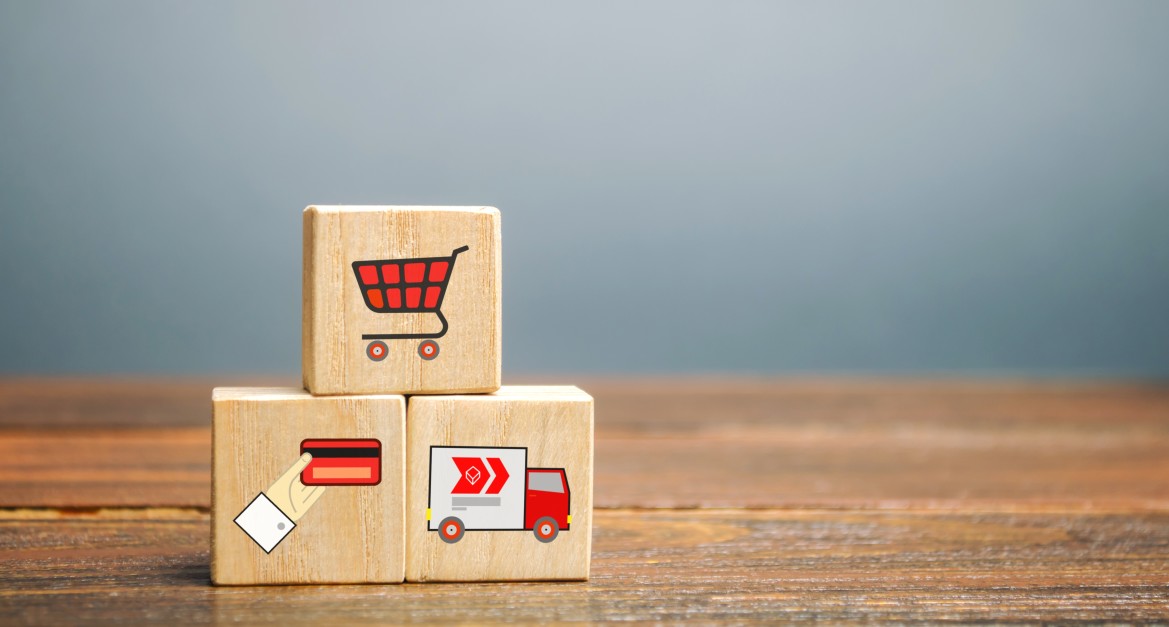
Order by Mail Changes Commerce Forever
In 1872, American entrepreneur Aaron Montgomery Ward conceived of a system that would allow rural customers to purchase products and merchandise not available in their far-flung areas – the same kind of products and merchandise that big city dwellers would have had no trouble finding right around the corner.
His idea was to create a mail order catalog that represented as many of the products his Chicago-based business sold as possible, originally sending out just a single 8.5 x 12” piece of paper with merchandise names and prices on one side and ordering instructions on the back.
Overnight that this innovation was immediately successful, allowing Montgomery Ward to transform that single piece of paper into a fully illustrated your order catalog that would lay the foundation for what would later give Sears and Roebuck the opportunity to grow into a business behemoth, too.
It could be argued that without Montgomery Ward and his idea we never would have had major department stores or even online shopping, foundational parts of today’s retail world.
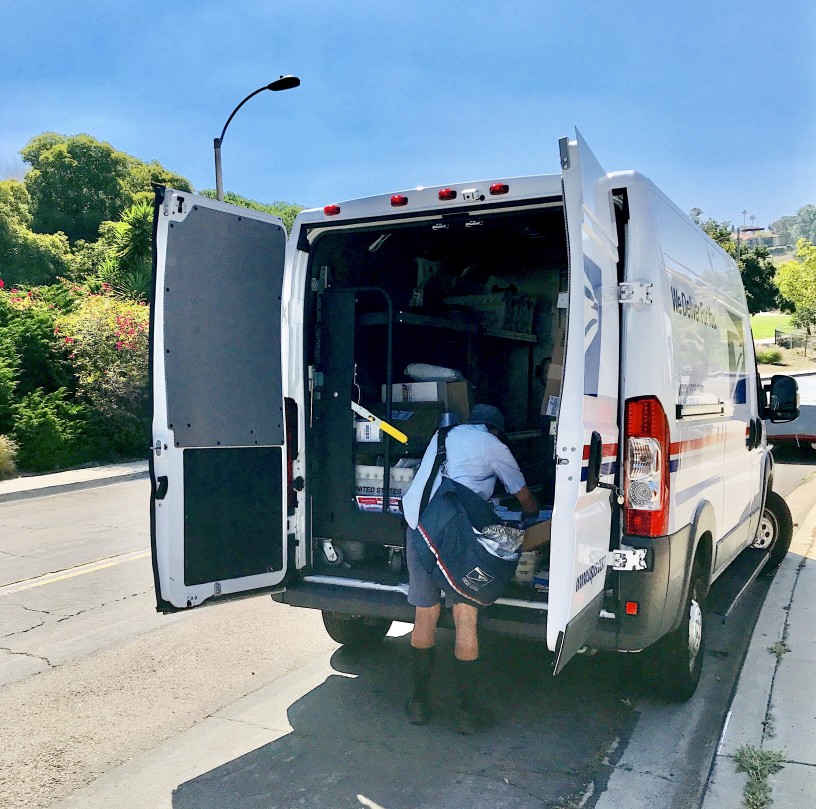
Automatic Mail Sorting Isn’t as Old as You Might Think!
As far as automatic mail sorting is concerned, that’s something that was conceived of by a Canadian electronics scientist and engineer by the name of Maurice Levy in 1957.
Imagine that!
Up until 1957 there were no automatic mail sorting machines, which means all mail handled by post offices around the world having to be sorted by hand. A little longer than 60 years ago it took a whole lot longer for mail to be sorted than it does today, that’s for sure.
The original prototype was able to process 30,000 pieces of mail per hour (with an error rate of less than a single letter for every 10,000 that was sorted) – and things have only improved from there.
It’s almost impossible to imagine what our modern mail system would look like today without this kind of technology making things like the USPS infrastructure possible.

Email Changes Everything All Over Again
The introduction of the email transforms the idea of what mail is all over again, taking it from the physical world with envelopes, packages, and parcels being moved around the globe to the digital realm where a piece of mail can move at the speed of light and be delivered in just a fraction of a second – even halfway around the world!
The number of personal correspondence sent through the mail has nosedived significantly thanks to email, social, and texting (each of them a modern equivalent to traditional mail), but business mail still comes in pretty regularly.
It’s impossible to know exactly what the future holds for what mail will be in just 15 or 20 years, the odds are good it won’t look anything like what we’re used to right now!
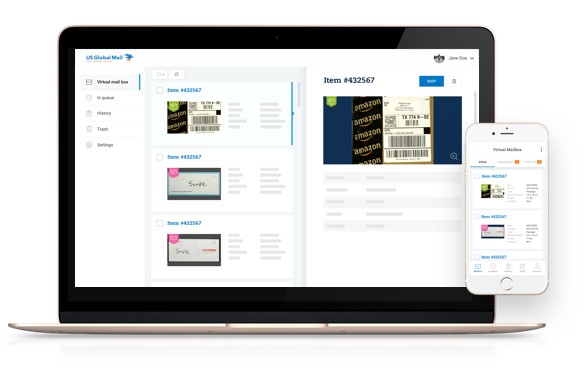
The Next Step – Virtual Mail
If you’d like to modernize your mailbox, eliminating a lot of the headache and hassle traditional mailing solutions from the USPS (including PO boxes) have to offer, US Global Mail and their virtual mailbox service is right up your alley.
Not only do you get a permanent mailing address (a physical street address) attached to your account when you become a client, but you also get full mail scanning and digitization of mail as it arrives, mail notifications about each package, parcel, and envelope the moment they arrive, and the opportunity to forward your mail to any address on the planet at 80% off of traditional shipping rates.
For more information about everything US Global Mail offers, or to sign up for an account today, check out their website right now!

